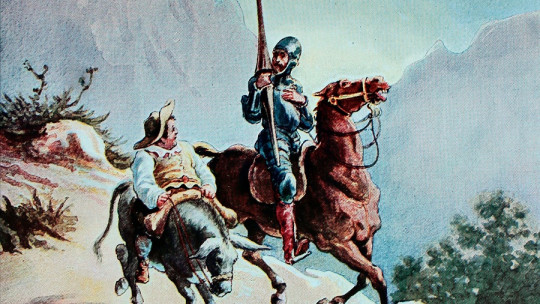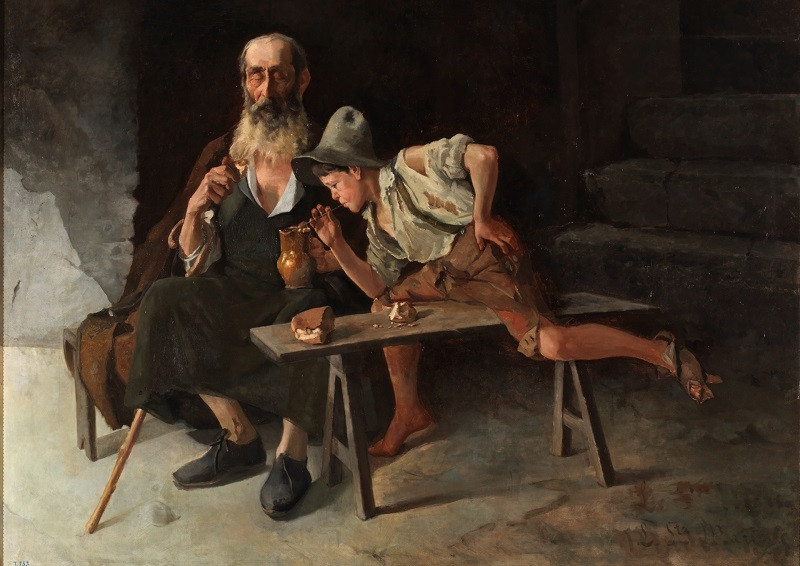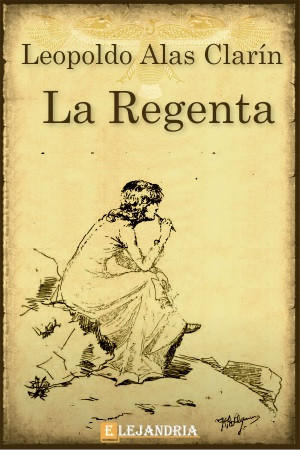
If you are an avid reader, you will be familiar with the saying “there is not enough life to read all the books in the world”. Indeed, this is impossible; but the selections help a lot to know what to read at all times.
Today we present to you a list of the 15 best works of literature in the Spanish language, from the late Middle Ages to the 20th century, which will surely cheer you up on rainy and cold autumn afternoons. Enjoy reading.
15 works of Spanish literature that you cannot miss
Prepare the pencil and take aim. Here is a list of the best works in the history of literature in Spanish.
1. Tragicomedy of Calisto and Melibea (La Celestina)by Fernando de Rojas (ca. 1500)
Popularly known by the name of one of her characters, Celestina, the old pimp who has become synonymous with matchmaker. The work has an extraordinary length (21 acts in its final version), which is why many authors refer to it as a “dialogue novel.” The story revolves around the clandestine loves of young Calisto and Melibea; It is a didactic work, since it emphasizes the tragedy that follows the fact of letting oneself be carried away by passions However, in its time the work was interpreted differently, since many intellectuals, such as the humanist Juan Luis Vives, advised against it for inciting carnal pleasure.
2. The Sonnets by Garcilaso de la Vega (16th century)
Considered one of the greatest poets in the Spanish language, Garcilaso de la Vega brought Italian classicism to Spain. During his trip to Italy in 1522 he learned about the work of Petrarch and Jacopo Sannazaro; These authors, and also classical writers such as Virgil and Ovid, greatly influenced his poetic work. His Sonnets are the best example of Italianate poetry in Spanish
3. The life of Lazarillo de Tormes and his fortunes and adversitiesanonymous (1554)
This short novel, by an unknown author, is a corrosive denunciation of the society of 16th century Spain. Through the testimony of Lázaro, a poor child of humble origins who constantly changes masters in order to survive, we look into the social reality of the moment. The Lazarillo of Tormes It is the mother of the so-called picaresque novels stories that revolve around beggars, rogues and thieves, and that show notable realism in their social portrait.

4. The Ingenious Gentleman Don Quijote of La Manchaby Miguel de Cervantes (1605-1615)
We are facing one of the most important works of universal literature; according to some sources, the most read after the Bible. The story of Don Alonso Quijano, a poor gentleman who spends the day reading books of chivalry and, as a result, loses his mind, has moved generations of readers. Considered by many to be the first modern novel, The Quijote makes a mocking and scathing critique of novels of chivalry and courtly love.
5. The fables by Félix de Samaniego (1784)
Many people know Samaniego’s fables, but are unaware that he is the author. I’m sure they sound familiar to you The Ant and the Grasshopper and The fox and the grapes. The author of these didactic and moralizing stories was Félix María de Samaniego, a deeply enlightened Spanish writer who satirized human customs and vices, politics and even the clergy, and was a member of the Royal Basque Society of Friends of the Country. His fables have passed down to posterity not only as stories for children, but also as a veiled criticism of society, as was usual among the enlightened people of the 18th century.
6. The Rhymes and legends of Gustavo Adolfo Bécquer (1871)
If there is any author with whom we identify Romanticism in the Spanish language, it is Bécquer. However, technically, his work was developed when Romanticism had already disappeared from the European scene. What difference does it make. Their Rhymes and legendsa collection of poems and short stories in the Gothic style, continue to fascinate its readers more than 150 years after its publication.
7. The Regentby Leopoldo ‘Alas’ Clarín (1884)
Without a doubt it is one of the greatest monuments of Castilian literature; an absolutely essential reading. The 19th century is the golden century of the novel, and in Spain the naturalistic guidelines of neighboring France are all the rage. The Regent not only includes these realistic precepts, but also introduces elements of the psychological novel, by including interior monologues that show us the emotional state of the characters. The work tells the story of Anita Ozores and the triangle she maintains with the three men in her life: her husband, the Regent of the Court (hence her nickname, the Regent); her lover, the donjuán Álvaro Mesía, and her confessor, the masterful Fermín de Pas.

8. Fortunata and Jacintaby Benito Pérez Galdós (1887)
It is another of the literary monuments that Castilian literature has left us. Galdós dissects the Madrid of the time through the story of two women: Jacinta, from the upper class, and Fortunata, who belongs to the popular classes. The link between the two is Juan, husband of the first and lover of the second. Through excellent descriptions and rich psychological characterizations, Galdós immerses us in the intimate lives of the characters, in their miseries and their hopes.
9. Bohemian lightsby Ramón María del Valle-Inclán (1920)
Inauguration and masterpiece of the theater of the grotesque, as the author himself called it, Bohemian lights It takes us to the underworld of Madrid at the beginning of the 20th century The protagonist, Max Estrella, is a poor blind writer who lives in misery. During his last night on earth, he is accompanied by a multitude of characters, each one more strange and bizarre.
10. Blue…by Rubén Darío (1888)
This collection of stories and poems by the Nicaraguan Rubén Darío is, according to many authors, the beginning of Latin American modernism. Darío himself described the work as Parnassian, very French. Not in vain, during his adolescence, the poet had already become imbued with the literature of the French country, especially the work of Victor Hugo. Blue… It has a beautiful language loaded with suggestive images and notable French musicality And all this, written by a young man of only 21 years old.
eleven. Poet in New Yorkby Federico García Loca (1940)
Compilation of the poems that the distinguished poet from Granada made during his trip to the United States and Cuba in 1929 and 1930. The poet coincides in New York with the economic and social reality that has marked the recent crash of 29. The collection of poems, which is considered His best work was published posthumously in 1940, four years after his murder.
12. Nothingby Carmen Laforet (1945)
The work avoided the dangerous paths of Franco’s censorship practically by miracle The censors on duty authorized it because, according to them, it was a “dull” novel, “without any significant incidents.” We have to be grateful for the lack of wisdom that the censors of the moment had, since thanks to that Nothing saw the light. The story revolves around a girl from the provinces who comes to study in Barcelona. Through her testimony, Carmen Laforet paints a portrait of the lethargic society of the Spanish post-war period. A colossal work, framed within existentialism, which has emerged as one of the best novels in Spanish of the 20th century.
13. The city and the Dogsby Mario Vargas Llosa (1963)
First novel by Nobel-winning Peruvian writer Mario Vargas Llosa, which won the Biblioteca Breve award in 1962. Vargas Llosa is part of the so-called Latin American boom, an explosion of masterpieces by distinguished authors such as Vargas Llosa himself, Borges or Cortázar. The story of The city and the Dogs It takes place in a military academy, where several young people must develop their personalities under a harsh military regime. The author criticizes this type of education and the humiliation it entails.
14. One hundred years of lonelinessby Gabriel García Márquez (1967)
The best-known work of the also very well-known Gabriel García Márquez. During the IV International Spanish Language Congress, held in Cartagena de Indias in March 2007, the novel was considered one of the most important in the Spanish language. Indeed, the story of the Buendía family, told through its seven generations, is one of the most translated and read novels in the world.
fifteen. between curtainsby Carmen Martín Gaite (1958)
In a town in rural post-war Spain, a group of young girls relate and exchange life experiences, marked by the tedium of living in a remote, isolated place where nothing new ever happens. When the new German teacher, Pablo Klein, makes an appearance in town with his fresh and new ideas, he causes a stir that will shake the girls’ convictions. Carmen Martín Gaite won the Nadal Prize with this novel, the first she published and which is considered one of the best works in Spanish of the 20th century.








